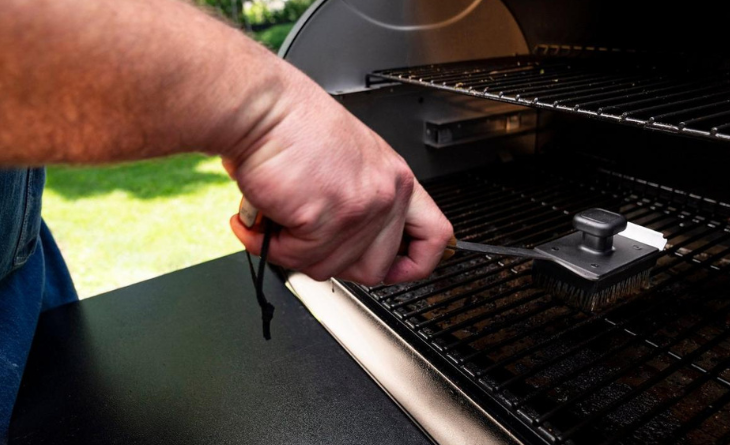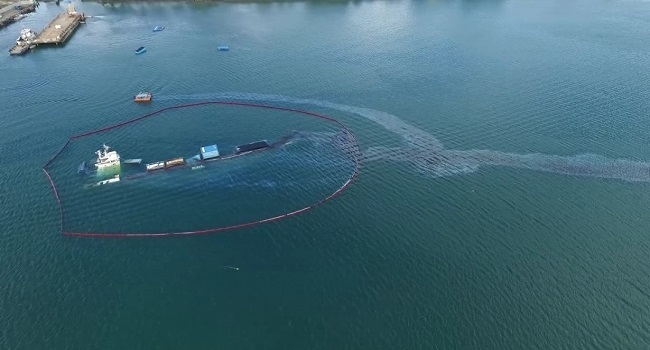Despite the best financial control, unfortunately, every business will have to deal with outstanding debt eventually, due to clients or customers who refuse to pay. As a positive cash flow is substantial for a business to operate is it essential that unpaid invoices are pursued instantly to avoid the unpleasant and often lengthy process of debt recovery. For a better understanding how the process of debt recovery in New South Wales is handled, this post will use two terms to clarify the proceedings as follows: the debtor is the party owing money due to unpaid invoices or items, the creditor represents the party supposed to receive the outstanding debt.
Nevertheless, there are less costly and alternative methods to recover debt and resolve disputes, which do not involve taking legal action and are therefore also less adversarial. The state of New South Wales offers a free mediation service in case of dispute, provided by the Community Justice Centres if a debtor is willing to engage. In this case, an impartial third party known as a mediator will negotiate between the two parties in order to reach a consensual agreement. For disputes regarding the construction industry, the Building and Construction Industry Security of Payment Act 1999 also provides modest settlement services for contractors and subcontractors. The Courts recognize both services and enforcement proceedings can begin without proof of the existence of the debt.
Until legal action needs to be taken through Courts, the creditor will contact the debtor directly either through phone, email or letter to remind him of the outstanding debt and ask the party owing money to make their payment. This is also the chance for the debtor to explain his situation and make suggestions regarding a repayment plan or any other resolution for a settlement. If multiple tries have not led to a resolution, the creditor will then issue a Letter of Demand to the debtor. This formal request will ask the debtor to pay the outstanding receivables within a certain time, which is usually 30 days, or until a set date if a repayment schedule could not be worked out through direct contact. The Letter of Demand is also the way to warn the debtor that in case the money is not paid back, legal action may be taken.
If the creditor wants to take legal action, a Statement of Claim needs to be submitted to the appropriate Court, which will handle the debt recovery proceeding. The Court appropriate depends on the amount of debt and the New South Wales Local Court is split into two divisions, the general division can hear claims up to $100,000 and 10,000 in its small claims division. The creditor can enforce the judgement if the creditor violates the Court order to pay the receivables within 12 years time from the date of judgement. One of the proceedings in the creditor’s favour could be seeking a garnishee order made by the court. A garnishee order is meant to retrieve the judgement debt from the creditor.
Another opportunity is to seek an examination summons, which reveals the financial position of the debtor to the creditor in order to be able to proceed further. The last but probably most severe action being taken in New South Wales is for the creditor to apply for a writ of execution. This court order enables law enforcement officers to seize and sell personal assets of the party owing money to pay off the creditor. Furthermore, the creditor can apply for a writ against land, which is a Court order that directs the Sheriff to seize and sell the debtor’s property to pay off the creditor. All of the orders above obtained in the Court are commonly dealt with under the Civil Procedure Act 2005.





